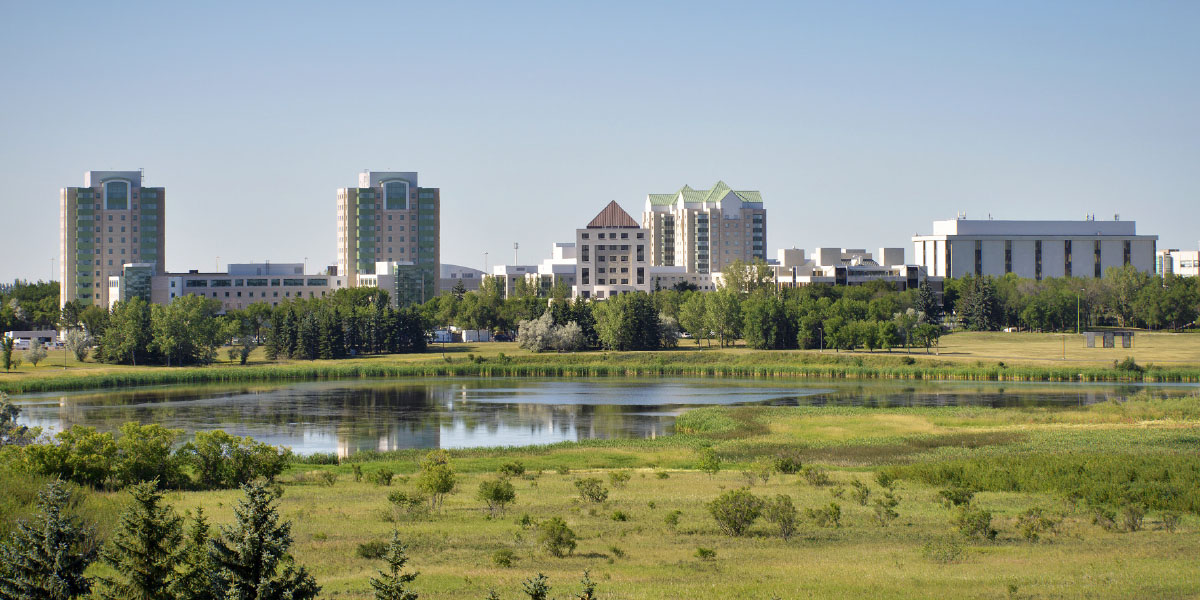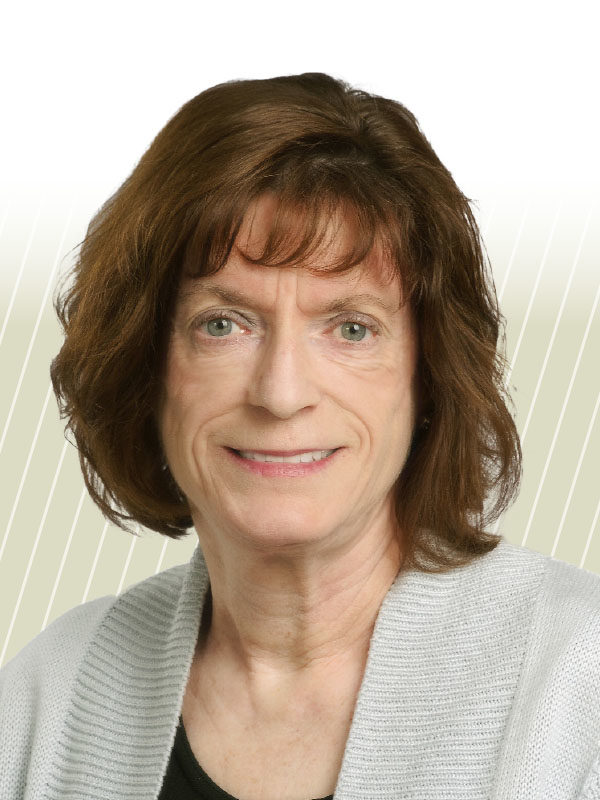Although she doesn’t like the word “multitask,” Kelly Kummerfield knows how to juggle multiple agendas. “You can’t be successful in human resources without that trait,” she says. “In this job, there’s not a day that goes by that another issue doesn’t hit us. You have to stay calm, foster good relationships, have fun, and laugh.”
As the associate vice president of human resources at the University of Regina, Saskatchewan, Canada, she manages a diverse portfolio—emergency planning, health, safety, wellness, payroll services, pension and benefits, labor relations, compensation, recruitment, diversity and inclusivity, learning and development programs, and discrimination and harassment prevention.
Chair of the human resources committee at the Canadian Association of University Business Officers since 2013, Kummerfield joined the University of Regina in 2004, after being contacted by a search firm and going through a competitive and public recruiting process. At the time, she was the executive director of workforce planning for the provincial health system.
With more than 25 years of management experience, she believes that the human resource function at a university should act as a strategic partner with academic, administrative, and research units.
“As I get older, I have come to appreciate that you cannot take things too personally,” she says. “My philosophy is, ‘You don’t need to like me, but I appreciate that you respect me.’ When you work in HR, it’s not about being liked. If people respect the advice you give to them and the decisions that you make, that’s what is important.”
Married, with three sons and two grandsons, she and her husband recently celebrated their 30th anniversary by spending three weeks in Italy. “I love to cook and travel when I can.”
What has been your greatest accomplishment as an HR professional?
I have many, but the most important is the pride that I take in recruiting talent to the teams that I have led. You must be able to build and foster strong relationships with the clients that you serve. I look at how a person’s strengths will complement others on the team. I’d like to think that my reputation in the HR community and for getting things done has been a benefit for a few key hires.
Do you have any tips for recruiting successfully?
Obviously, conducting a quality search is the starting point. This includes reaching out to the best markets, respecting human rights guidance, developing a solid interview process, involving key people, and performing in-depth reference checks. It is important to be thoughtful about what you need to draw from a candidate and align that with the role. I also consider succession planning and look at future opportunities the person may be able to take on.

What changes have you made since your arrival at the University of Regina?
When I came to the university, the human resources area didn’t have a lot of capacity in sheer numbers and it wasn’t functioning as a contemporary human resource group. For example, we were not working with our leadership teams effectively to provide the level of service required.
I looked at what was missing and what we needed to improve upon. I quickly learned that the human resource services being delivered focused more attention on the administrative level than on the academic units. I decided to consult with leaders across the institution to gain insight and learn about their HR needs.
Based on those conversations, I started to build a structure across the campus to assist academic units by creating a team of professionals, with portfolio assignments, who could provide human resources advice and support.
How do you think that human resource management in Canada compares to that in the United States?
I think we are more highly unionized. I would argue that Canadian employers have more compliance issues than employers in the U.S. Our legislation and standards are much more rigorous for occupational health and safety. As a result, that creates a different demand for skill sets and expertise in our workforce.
Tell me about a challenging situation that you faced and how you dealt with it.
In 2007, the university had a strike, the only one in its history. We had 600 custodial, security, and administrative staff walk off the job for 30 days, and our exempt group had to cover those positions to the best of their abilities. My role was providing guidance to get a collective agreement settlement and end the strike.
I also had a role in contingency planning, because we had to evaluate our services and make decisions on a daily—sometimes by the minute—basis. I had a lot of responsibility on my shoulders to make sure that the bargaining continued, services were delivered, and that the dispute was resolved. Our No. 1 objective was to support our students. Fortunately, we did not have to close our campus.
I understand that you developed and led a one-time incentive plan for retirement. Explain the strategy and the benefits that you hoped to achieve.
Yes. About two years ago, we recognized that funding for our institution was under more pressure than we knew we could manage into the future. We asked ourselves if we could help mitigate the impact of budget pressures and enable the university to reallocate a portion of the salary savings to strengthen our commitment to excellence in teaching, research, and public service.
We offered employees who met the eligibility requirements an opportunity to retire.
The result was that people had an opportunity to take advantage of the incentive plan, while the university had an opportunity to achieve savings.
How can universities address pension plan sustainability?
Before I joined the university, we had two defined benefit pension plans, which in today’s world are not that sustainable. They’re expensive and don’t necessarily provide the security that employees once had, because over time the benefit levels have been eroded and the contribution rates have steadily increased. In 1999, the university sealed off the defined benefit portion of its pension plan for the academic and administrative group and created a defined contribution plan. Individuals could stay in the defined benefit plan, but it was no longer accepting new participants.
One of our union groups still has a defined benefit plan, but over the years, we’ve had to increase contributions and decrease benefit levels. Three years ago, we looked at the sustainability of that plan and made some amendments. Now, three years later, we are going through the process again and will likely have to make some changes.
However, you reach a point where you can’t continue to erode the benefit level, because you’re not offering a credible benefit to your employees.
Do you ever feel a conflicting allegiance between the university and its employees?
No, I don’t feel conflicted. We represent the management core, while offering programs, initiatives, and benefits for our employees.
What makes the University of Regina, selected as one of Saskatchewan’s top employers, special?
We’re a very diverse university in terms of our student population and workforce. About 12 percent of our student population is aboriginal, and another 14 percent is composed of international students from over 70 different countries. We offer a rich, global environment in which our students can learn and our people can work.
What three words would people use to describe you?
Driven. I have high expectations of my staff and myself. Resilient. My father died a year ago and he was a remarkable man who influenced my life, my work ethic, and my social values. I feel my strength has helped me to deal with his death, and it has allowed me to help and support my family. Kind. I remember the little things and take the time to pay attention to people in both my professional and personal life.
MARGO VANOVER PORTER, Locust Grove, Va., covers higher education business issues for Business Officer.



